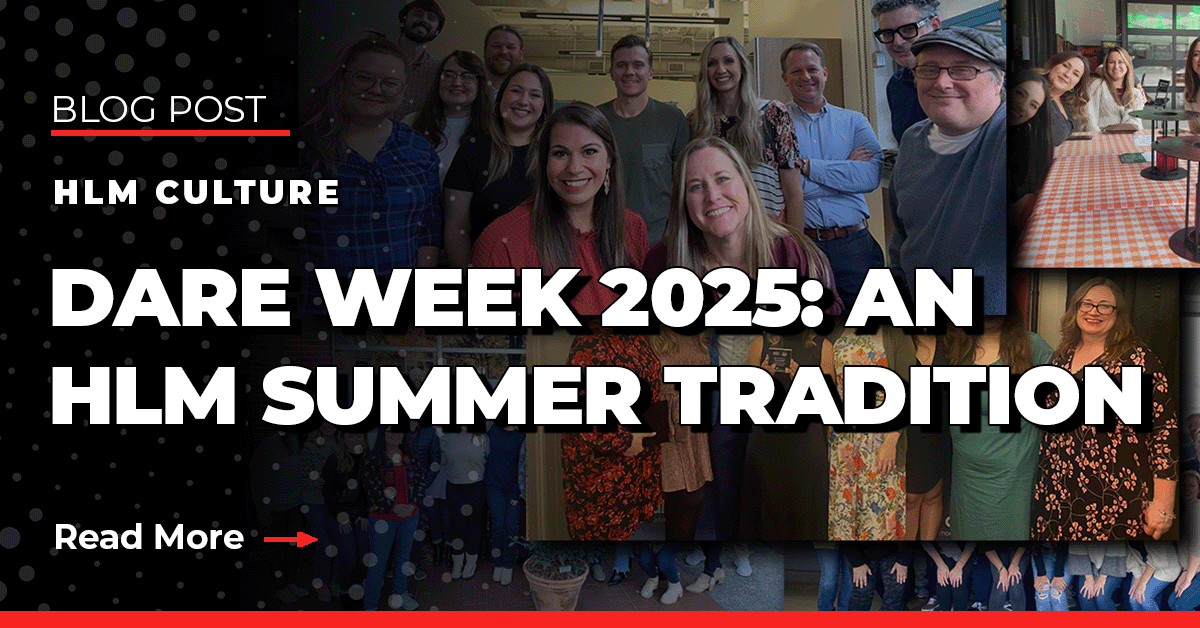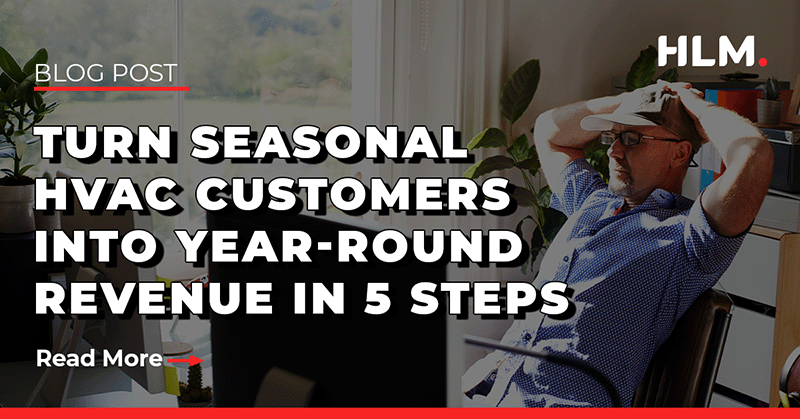7 min read
What Are The 5 SEO Pillars? Master Search Engine Optimization
![]() By Annie Wissner
Oct 13, 2023 6:00:00 AM
By Annie Wissner
Oct 13, 2023 6:00:00 AM
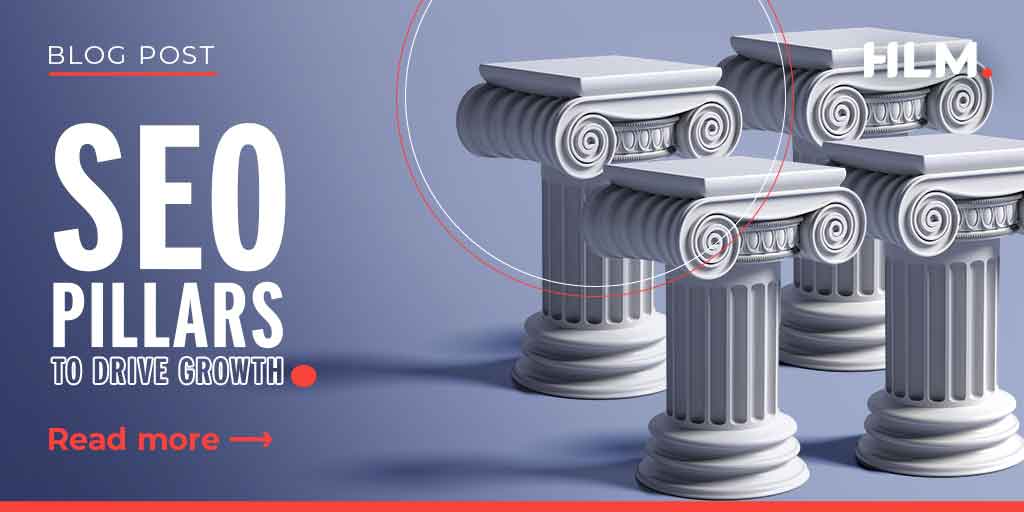
The digital world has revolutionized the way companies operate. Search engine optimization (SEO) has become one of the most effective strategies for driving traffic to your website and increasing visibility for your business online. To succeed with SEO, you need to understand the various elements that make up a successful strategy.
SEO is an important part of your digital marketing strategy
It affects the design and content of your website, your blog posts, and paid advertising in addition to everything else. It is the core component of a lead generation process that spans the entire marketing funnel.
After reading this blog, you'll have a better understanding of the five pillars of SEO and how they work together to drive success for your business online.
What is SEO?
SEO stands for "Search Engine Optimization," a fancy way to say, "Make your site more visible to search engines." The desired result of SEO is to make your site easy for search engines to crawl and index, which helps return relevant results when people search for things online. Your website positioning is measured by the ranking of your site on the search engine results page - or SERPs.
The goal of SEO is to:
- Improve your online presence
- Drive organic traffic
- Provide valuable information on your website
- Convert high-quality traffic into high-quality leads
Organic traffic is considered higher-quality traffic. Typically, these users are actively searching for a specific service, product, or topic. When a user finds a higher-ranking website, it can lead to better engagement, intent, and ultimately conversion.
What are the 5 Pillars of SEO?
SEO consists of a number of different factors, but there are five main pillars that underpin any effective SEO strategy: foundational, technical, content, business listings and citations, and link building.
Although other search engines exist, with a +92% market share of user search, Google remains the primary search engine people use every day to research topics, businesses, products, services, and geo-location, while staying up to date on news and trends.
Google remains the search engine of focus for SEO and marketing professionals.

1. Foundational SEO
Search engine crawlers are getting better at understanding websites, but basic SEO strategies still need to be visible in searches. By evaluating foundational SEO areas, you can evaluate whether or not your site is meeting the standard.
Page Titles: The page title, also referred to as the 'title tag', 'meta title' or even the 'SEO title' is an HTML element in the head of a webpage that should clearly describe the content and purpose of the page to website visitors and search engines.
Meta Descriptions: A meta description is an HTML tag that summarizes the content of a webpage. It's the text, often around 160 characters long, that appears under your page title in search engine results.
Schema: Adding schema to your web page tells the search engine precisely what your content is trying to say. It converts unstructured data into structured data so that the search engine can crawl better. The improvement in search engine crawl will increase the website's ranking while keeping other SEO best practices in mind.
Image Optimization: The goal of image optimization is to reduce the size of image files as much as possible while maintaining quality. This will also improve the images' SEO performance so your images rank higher on Google and other image search engines.
Alt Text: Using alt text helps search engines index and rank images properly in search. By adding a description to the image, it provides search engines with contextual information about the content on the page.
2. Technical SEO
Technical SEO refers to website and server optimizations that help search engines crawl and index your site more effectively.
Site Health: Site health is a quality index that SEO tools like SEMRush and ahrefs can provide to evaluate your site's structure, performance, security, and technical SEO. This metric provides you with an idea of how your site compares to other websites in terms of technical SEO.
Data Tracking: To gauge the effectiveness of your SEO efforts, quantify SEO metrics and monitor them, and adjust your strategy or execution process accordingly, SEO tracking is the process of analyzing these measurements.
Indexing: Indexing is the process of storing web pages in the index - a search engine's database. This is a necessary step before your site can be viewed on Google. On average, 16% of website pages are not indexed. This SEO problem is a serious matter for your business, if people can’t find you, they won’t buy from you.
Internal Link Structure: The links on your website connect one page to another. Your website's users and search engine both use links to find content on your website. Links allow your users to navigate your site and find the relevant content they are seeking. Search engines use links to navigate your website for ranking purposes.
Site Structure: Your website's structure indicates to Google which pages are most important. This means you may control which content ranks highest by structuring your website.
Redirects: A redirect occurs when someone requests a certain page but is redirected to another page. The site's owner may have removed the page and redirected visitors and search engine crawlers to another page.
UI/UX: SEO is the medium to drive traffic to a website, but the UX/UI design of the site ultimately creates the user experience. The best SEO strategy in the world won't achieve results without a strong website. Both work in unison to satisfy users' intent and drive conversions once they get there.
3. Content SEO
Creating content that helps your web pages rank high in search engines is a vital aspect of SEO content creation. Everything from the writing and structuring to the content itself is included.
Content Creation: Creating content that helps your web pages rank high in the search engines for the specific service/product and geography of your business services is an essential part of content SEO. It encompasses everything related to creating and structuring content on your website. Building great content is important because it helps people find your website and learn more about what you do and sell. If you can write engaging articles that speak directly to potential customers' needs, then you'll have an easier time getting them interested in what you have to offer.
Keyword Integration: Your website’s page content is defined by its keywords. They're the words and phrases that searchers enter into search engines, for their queries. All the images, videos, and other text on your site can be boiled down to keywords. This is one of the most crucial aspects of your SEO strategy. Knowing what topics users seek out and keywords they use when seeking information about the services or products you offer is critical to creating content that users will find helpful.
Headers: On-page SEO optimization involves headers, which are crucial to search engines like Google’s rapid page scanning and ranking process. Headers not only assist search engines in identifying your content but also help website visitors consume it more efficiently.
Anchors: The clickable text in a hyperlink is known as the anchor text. Based on SEO practices, it's important to link to relevant pages rather than generic text. Blue underlined anchor text is the standard, but you can change the color using HTML code if you wish.
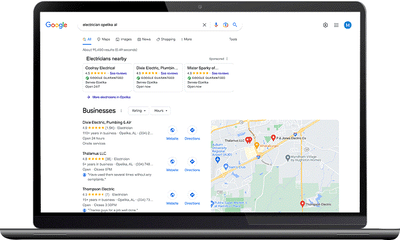
4. Business Listings and Citations SEO
Business listings and citations refer to any reference to your business contact information found online.
Google Business Profile: A Google Business Profile, (previously Google My Business) enables businesses to establish a profile with their location, contact information, and customer reviews.
An optimized Google Business Profile improves map rankings and can make a significant impact on phone calls, website traffic, and/or clicks for directions. For services companies serving a local market, map positions are important.
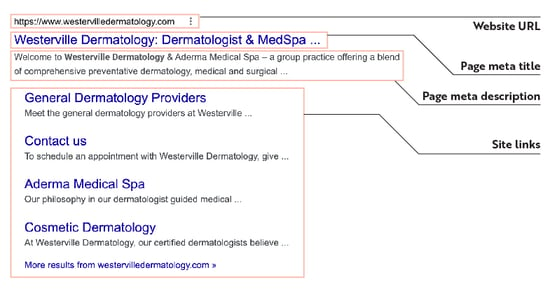
Bing Places: Bing Places, like a Google Business Profile, shows your information on its own Knowledge or Local Panel on Bing Search results, or if the search is broader, it will appear above organic search results. In grid view, your listing will appear on Bing Maps.
Core70: Check the health of your online business information with help from HLM’s Footprint™ Core70 listings scan. Instantly see how your most critical location data appears on Google, Yelp, Facebook, and dozens more maps, apps, search engines, and directories.
Nap Consistency: Nap Consistency refers to the name, address, and phone number (NAP) of a location-based business being connected and consistent throughout all of its online listings, local directories, social media accounts, and websites. Because of this, it is widely regarded as a ranking factor for local SEO.
5. Link Building:
Link building remains an important part of any SEO strategy because it helps improve your ranking in search engines like Google and Bing by making sure that other websites link back to yours from theirs (which means more traffic). Website backlinks serve as connectors between all of the global sites on the Internet. As search engines crawl websites and follow links from one property to the next, they discover content and better understand the relevance of web pages. This process is one of the factors that helps a search engine define the relevance of a website property.
Competitive Analysis: A competitor analysis consists of researching the SEO landscape in your industry and studying your competitors' websites to increase your own SEO and improve rankings. If you’d like to see how your business stacks up against the competition, you can request a Free competitive analysis from High Level Marketing. Your report includes a market overview and an overall visibility score, key demographic information including how many potential customers are in your market, a comparison to your top competitors according to Google, and insights into what parts of your strategy need improvement.
Anchor Text Management: The simplest method to optimize the anchor text for SEO is to ensure that it refers to appropriate keywords to accurately describe the page or idea you’re linking to. There is a risk that you can over-optimize your anchor text with repetitive, keyword-rich phrases. Anchor text intent is just as important as keywords when it comes to SEO.
Link Profile Analysis: A link analysis, also known as a comprehensive link audit, is the process of looking at all the links pointing back to your site and analyzing them. If a link analysis is performed in a targeted manner, it can reveal serious issues with the search engine results page (SERP) performance of your site as a whole.
Guest Blogging: Guest posting is the act of writing blog posts for other websites in order to gain backlinks. In return for an article, a blog may include a reference to your site. In different parts of the post, links can be mentioned.
How Can I Learn More about SEO?
Follow our blog. Here we'll share valuable, - and digestible - foundational digital marketing information that will help your business employ holistic marketing practices and strategies to help continue to improve your online presence and grow your business.
Why Hiring an SEO Company is Essential to Growing Your Business
Google searches are the #1 source of online traffic. Our SEO experts develop and implement an effective SEO strategy that is consistent with overall business goals and delivers a full lead funnel approach.
We perform search engine optimization by monitoring your page rankings, adapting rapidly to algorithm updates, and applying leading-edge thinking to ensure your success.
As an SEO company, we continually work to optimize your website with relevant content, and credible backlink building, and perform hundreds of various tactics that get Google’s attention, positioning you as a trusted brand and authority in your market. Hiring an SEO company becomes more cost-effective over time producing ROI as you continue to get more qualified website traffic that converts into sales leads.
This article was originally posted November 15, 2022 and has been revised and republished on October 13, 2023
Author: Annie Wissner
Contact Us NowRecent Posts
When you're done with this post, check out our other content below for more Digital Marketing expertise
Contact Us Today
Complete the form below and receive a call within minutes.
Need faster results? Call us now at (888) 717-4249



